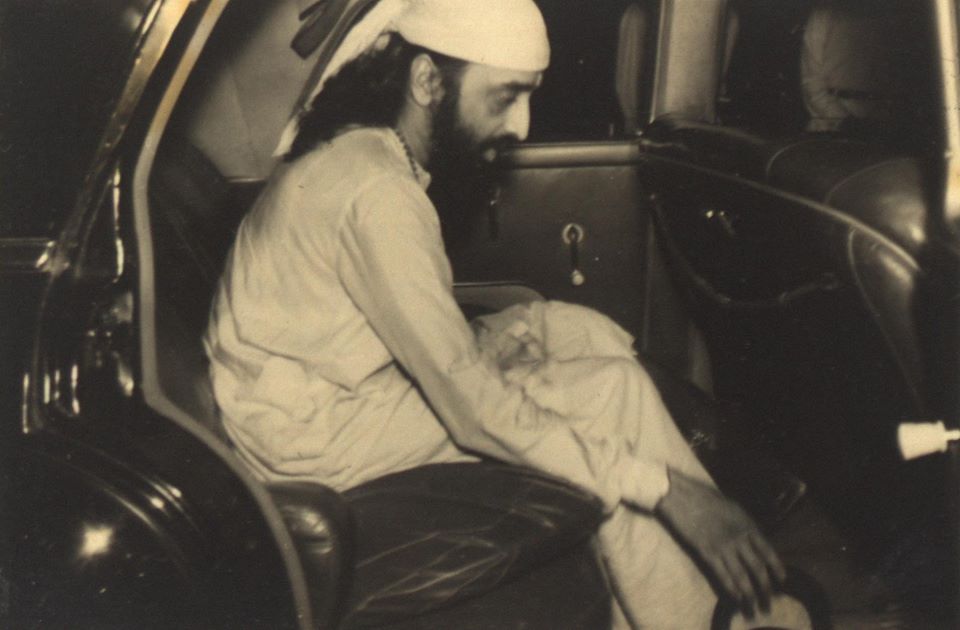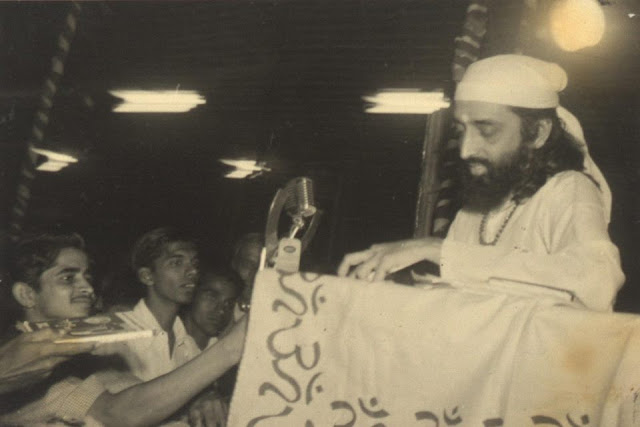Gita : Ch-13. Slo-1.Discussion-4.

Srimad Bhagavad-Gita : Chapter-13. ( Kshetra-kshetrajna-vibhaga-yogam ) Slokam-1. ( Arjuna question to Lord Sri Krishna ) - (Arjuna said: O Lord, I wish to know about prakrti [nature], Purusha [the experiencer], and the field and the knower of the field, and of knowledge and the end of knowledge. ) arjuna uvaca, prakrtim purusham caiva kshetram kshetragjnameva ca, etadveditumicchami jnanam jneyam ca kesava. arjuna uvaca = Arjuna said; kesava! = O Lord; prakrtim purusham ca eva = nature, and the experiencer; kshetram kshetragjnam ca eva = kshetram (body), and kshetragjnan ( jivatma ); jnanam jneyam ca etat = jnanam ( knowledge ), jneya...






